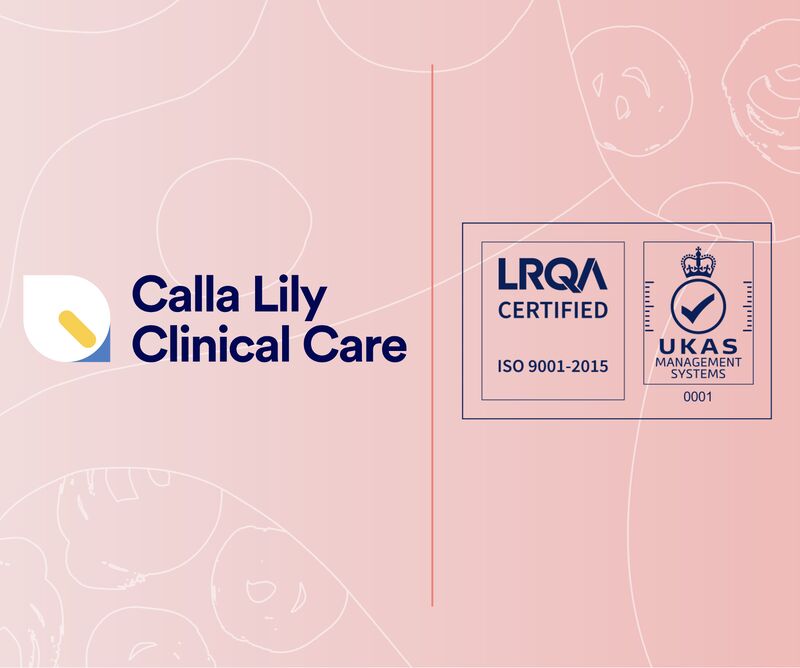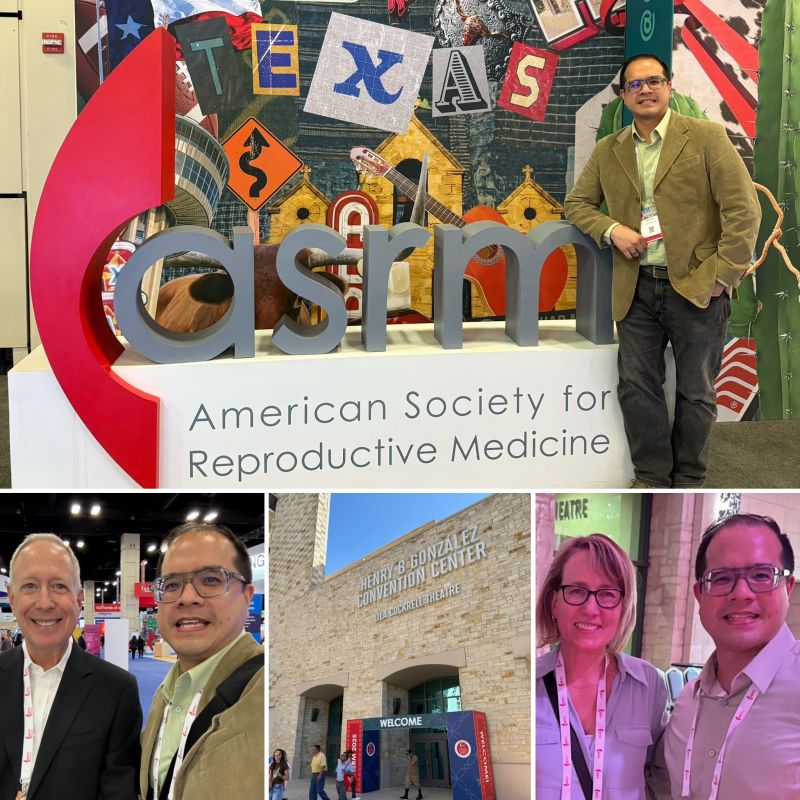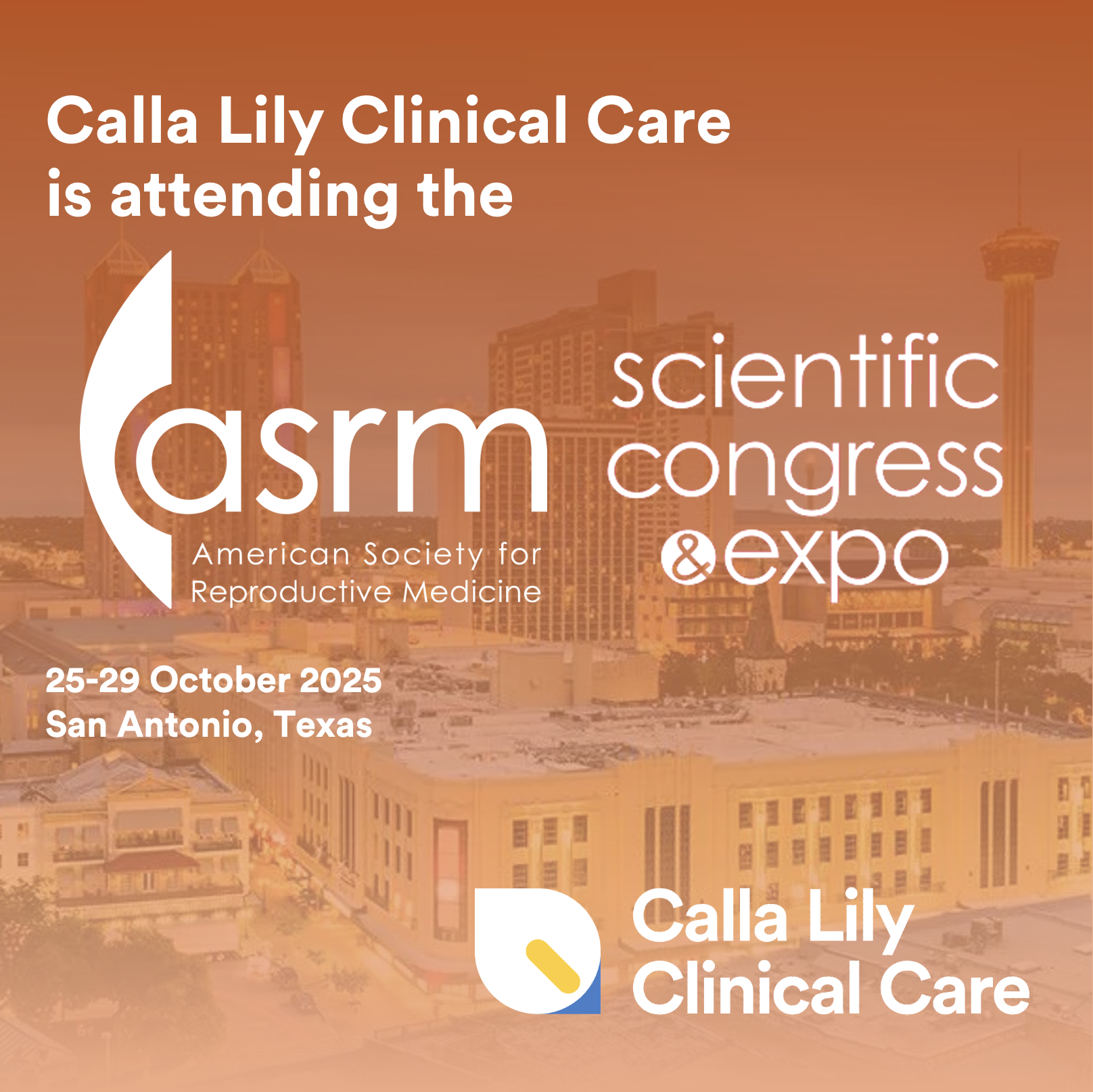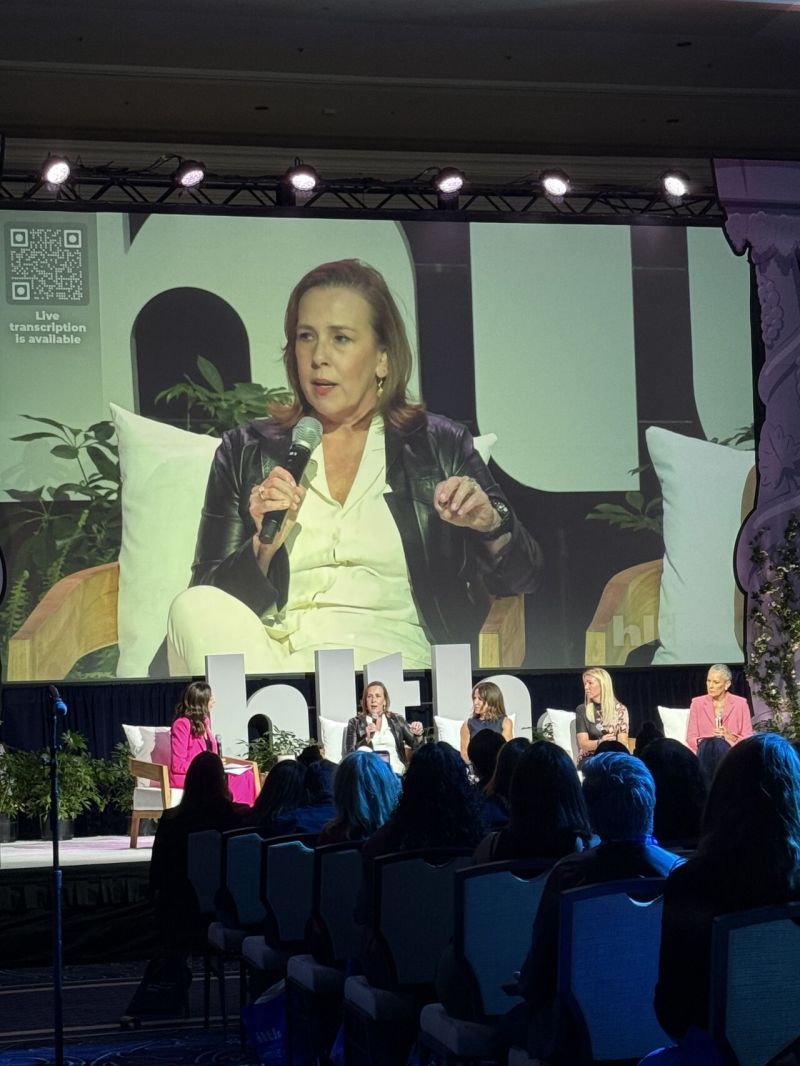5 Takeaways from the Milken Institute Women’s Health Network launch
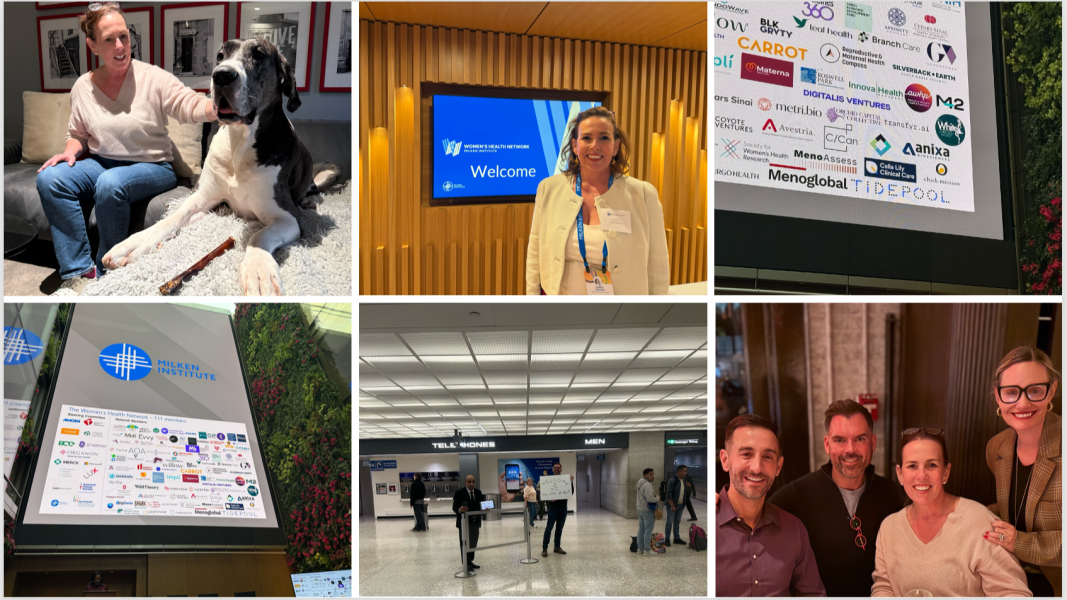
As a co-founder, you must jump at any chance you get to open the doors that will carry you to the finish line. It might have been crazy, but a 24-hour trip to Columbus, Ohio in September led to an introduction to Ayodola Anise from the Milken Institute Women’s Health Network. That led to an application which led to an invitation as Co-founder of Calla Lily Clinical Care to join this exclusive club of organizational representatives working together to advance women’s health. Not bad for 24 hours in Ohio, eh?
As crazy as travel has been the last several weeks, I could not miss this event, so I hopped on yet another airplane for a second 24-hour trip, this time to Washington, D.C! I want to say the highlight was being picked up at Dulles by Adam Brown, MD MBA holding a sign that said, “Best Uber Ever” with a 5-star rating. Or meeting ABIG Health Chief Happiness Officer, Oskar. (Who is literally ginormous.) Or dinner with Adam, Steven Farmer MD PhD and Conner Herman, BCBA, MBA at 5:45 like the old people do it. But sorry, the best was the reason I was there: 6.5 hours of listening, sharing, meeting, laughing and learning.
Allow me to share a few of my takeaways from the day.
The Secret Service is NOT SO SECRET
When I saw that the former First Lady, Dr. Jill Biden, would be moderating a panel in the morning, I expected that she would arrive with a lot of fanfare, be hustled in quickly and out just as quickly as soon as she was finished. To my total surprise, during opening remarks, she was asked to stand, and she was literally sitting at the table right in front of me. She was in and out most of the event and happily chatting with those who approached her. I missed my chance for a photo op (bad timing, misplaced phone and a fear of looking uncool) but I had plenty of time to observe her Secret Service agents. They were not subtle. Five of them. All with special pins on their lapels making it clear who they were. As if the earpiece with the curly little cable tucking into their hair didn’t give it away. Very serious people, they were. It was clear that their job is no joke.
Breaking down silos was the theme of the day
The purpose of the network is to accelerate advancements in women’s health by pulling together representatives from every sector: innovators, investors, regulatory experts, (read list). If we are all sitting in the same room, sharing our pain points and our networks, perhaps we can move the needle faster. At lunch, we were asked to say find someone new, a new face, a new silo. And we all did.
Thinking big is encouraged
When the steering group for the Women’s Network first convened, the idea was to raise $100M. One person at the table said, “What? Why not $1 Billion?” And so, it became $1 Billion. That story was told to push us to think bigger and bolder as we work together. Six new working groups were announced to get going on a range of topics, from capital raising to regulatory challenges. Nobody is collecting any dust in this network.
Men are welcome to the table
The new CEO of the American Cancer Society, Shane Jacobson, was there, having only been in the role for 2 weeks. He’s a dude and they still let him in the room. There was W. Benton (Ben) Swanson, DDS, PhD from Skeletalis, Inc. and Aaron Abend from the Autoimmune Registry and what stood between us and lunch was Andrew Friedson from the Milken Institute who talked about the relationship between mammography availability and breast cancer rates and what we can learn about other barriers to screening when we look at those intersections. All the men in the world are here because of a woman. Women’s health does not just belong to those with a fully intact suite of chromosomes.
Most people want to do what’s right
In this time of uncertainty and upheaval, whatever your politics are, we are all feeling a little uneasy. Healthcare in the US is broken. We have pockets of medical deserts where women cannot get the care they need. Innovation gets stuck before it can reach people. Happily, there was one more common theme throughout the day: access matters. Communities can work together to make sure care exists. The greatest innovation doesn’t go anywhere if it gathers dust on a shelf because of a lack of funding. The newest drugs can’t get through the FDA if there isn’t flexibility in how we compare them to past drugs. The people with influence have to know what the pain points are before they can try and change them. This was a room full of people genuinely wanting to be the change. I am so excited, in my role as co-founder and Chief Cocktail Officer of CLCC, to be one of them.
